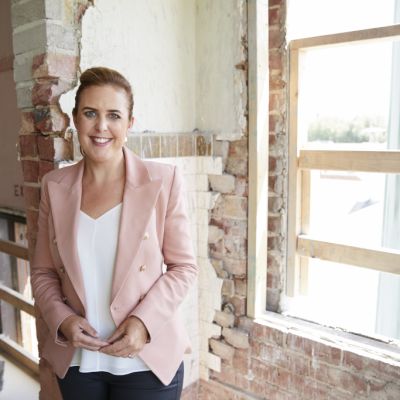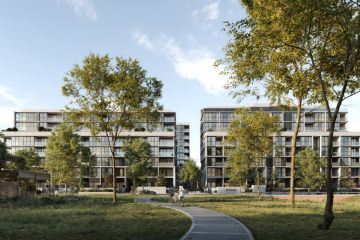‘Not a lot of political will’: The unpopular fix for our housing woes
Housing prices have soared faster than household incomes over the past two decades, even as more women have joined the workforce and bolstered families’ capacity to pay.
In what one economist is calling a bleak picture, figures from CoreLogic and ANU’s Centre for Social Policy Research show national median dwelling prices have risen from about four times median household incomes in 2001, to more than eight times in 2024.

In Sydney, dwelling prices jumped from 6.3 times the typical household income, to 9.8 times between 2001 and 2024, while Melbourne dwelling prices rose from 5.1 to 7 times household incomes.
Brisbane has flown from 3.8 to 8.2 times household incomes, and Perth from 3.9 to 7.3.
The data formed part of the Grattan Institute report Renting in Retirement: Why Rent Assistance needs to rise.
Grattan Institute program director housing and economic security Brendan Coates said home ownership was still out of reach for many, even families with two incomes.
The latest workplace participation figures, from the ABS in February, show 63 per cent of women are working, while 71 per cent of men bring home an income. That compared to 54 per cent of women and 72 per cent of men in 2000.
“It’s a very bleak picture even with the rise in dual incomes,” Coates said.
He attributed the price rises to the shortfall in homes being built, and the growing wealth of families which enabled some to pay more for property.
Higher migration since the COVID pandemic, along with the lack of housing, was also adding to demand from buyers, and pushing prices higher, though it was not one of the main drivers of higher housing prices, Coates said.
“The answer to the $11 trillion question [the value of Australia’s property market] is that we need to build more housing – that’s the most important thing to do,” Coates said. “Building housing where people want to live.
“Without it, housing will remain scarce and prices will remain high and even rise further,” he said.
CoreLogic executive research director Tim Lawless said ABS data showed that over 20 years, wages had risen by 82 per cent, while the house price index exploded by 160 per cent.
“That’s roughly double, it’s really a dramatic difference,” Lawless said.

More recently, since 2020 and the COVID property boom, wages were up just 14 per cent, while house prices have skyrocketed 41 per cent.
“What’s driving this imbalance between wages and house prices – part of it is [housing] supply – it’s economics 101 to have a balance between supply and demand,” Lawless said.
He said the cheaper cost of debt, thanks to mostly lower interest rates over the past 20 years, has also helped boost house prices, with buyers able to borrow more and spend more on housing.
Home owners have also been changing their discretionary spending, putting more into paying off a house and less into purchases such as luxury cars.

Lawless said there would be no quick fix solution for the rising house price-to-income ratio.
“It will be a slow burn in seeing affordability improve,” he said. “The fix really seems to be to add to supply and build more homes, but there’s just not a lot of political will to fix [this] underlying issue.”
The federal government has set a target of building 1.2 million homes between 2024 and 2029 through its National Housing Accord, but this has been plagued by its own shortfalls.
It was a good way of tackling the problem, AMP chief economist Dr Shane Oliver said.
AMP’s own research has shown an estimated housing shortfall of between 200,000 and 300,000 homes.
That means 240,000 homes would need to be built each year (the number pledged by the federal government) to address the shortfall and keep up with current demand from home buyers.
Oliver said some experts, including demographic experts, had argued that higher incomes, and more women participating in the workforce, were pushing house prices higher.
“Even when you adjust for that, there’s no doubt house prices have gone up far more, relative to those income earnings,” he said.
Higher migration levels had added to demand, pushing house prices higher and adding to housing shortfalls, he said.
“Immigration needs to be slowed to normal levels and governments need to make it easier on developers, especially those who concentrate on building units (apartments),” Oliver argued. “That’s key to solving the supply and demand shortfalls.”
We recommend
States
Capital Cities
Capital Cities - Rentals
Popular Areas
Allhomes
More










